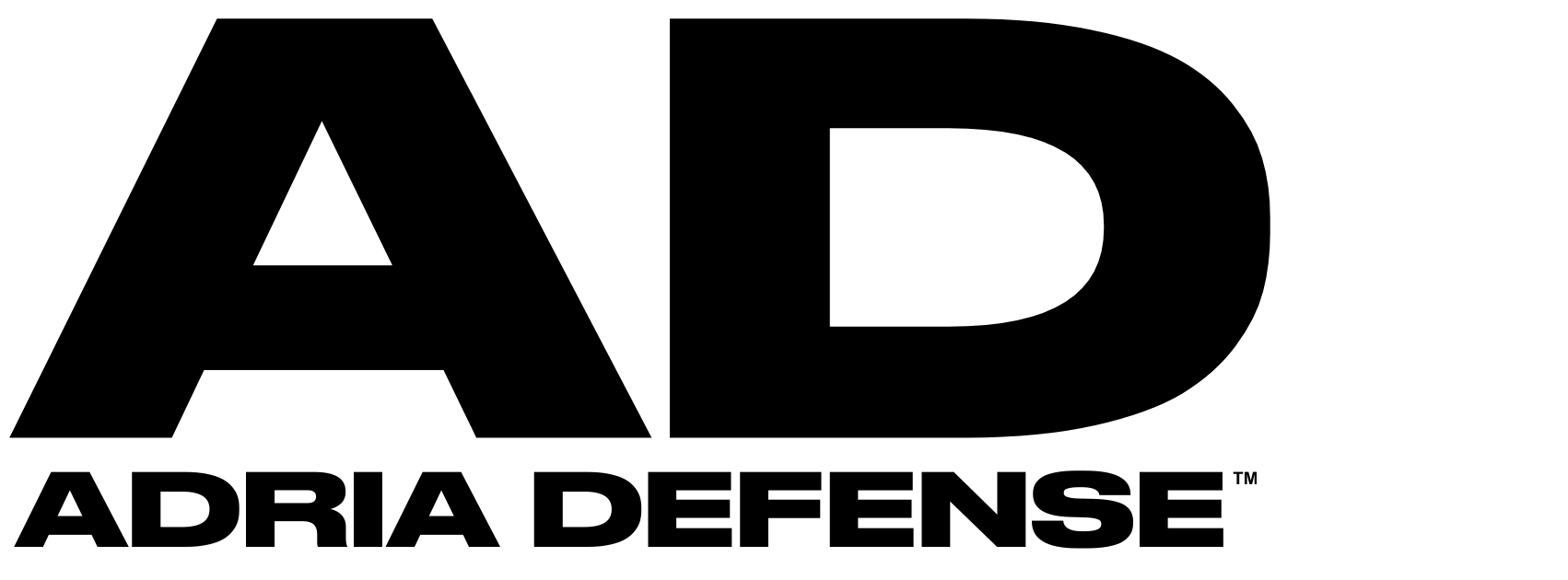Italy’s Automotive Industry Turns to Defence as Car Production Collapses
Facing a historic decline in car production, Italian automotive suppliers are increasingly entering the defence sector. With defence spending set to more than double by 2027, Italy is exploring industrial reconversion as a national strategy for growth and security.

As Italy’s automotive production hits historic lows, the country’s industrial landscape is undergoing a significant transformation—one that may redefine its role in Europe’s security architecture.
According to a new analysis, 16% of Italian automotive suppliers are already active in the defence industry, with the strongest overlap in powertrain, electronics, and bodywork & chassis. This growing intersection reflects both necessity and opportunity: necessity due to the collapse of domestic vehicle production, and opportunity driven by a surge in defence spending.
In 2024, Italy produced fewer than 600,000 light vehicles, marking a 67% decline compared to 2000. The broader European market also contracted, but Italy’s downturn is particularly severe. Average utilisation of production facilities fell to 38%, far below the 72% recorded in 2017. This under-use threatens the long-term viability of a sector that has traditionally been a cornerstone of Italian industry.
If left unaddressed, the automotive components sector could lose up to £25 billion in cumulative turnover between 2025 and 2027, alongside the potential loss of over 70,000 jobs and €10 billion in GDP per year when factoring in related industries.
Yet amid this industrial distress, a new path is emerging.
Italy’s defence spending—long criticized as stagnant—is now on track for historic growth. After reaching €33.7 billion in 2024, it is expected to climb to €51.5 billion in 2027 and exceed €80 billion by 2035. As a share of GDP, spending will rise from 1.5% to 2.3% by 2027, with a projected 3.5% by 2035—bringing Italy closer to NATO’s 2 % benchmark and beyond.
This expansion offers an opening for industrial reconversion: transforming idle automotive infrastructure into productive assets for defence and dual-use manufacturing.
“Defence contractors can rapidly increase production capacity by utilising underused automotive facilities,” said Francesco Papi, Automotive Leader at Strategy& Italia (PwC). “Supply chains can be integrated through acquisitions and partnerships, while automotive suppliers can diversify their business and access longer, more profitable contracts.”
Technological overlap also plays a key role. Automotive systems such as ADAS (advanced driver-assistance systems) have direct applications in autonomous defence vehicles, while electronics and propulsion expertise can accelerate the development of next-generation platforms.
“The increase in defence spending is not just a geopolitical response — it’s an industrial lever,” added Cesare Battaglia, Aerospace & Defense Leader at Strategy& Italia (PwC). “Italy has a real opportunity to convert existing production assets, skills, and technologies into strategic capabilities for European security. Public-private coordination is essential, and it must happen now, before the industrial gap becomes structural.”
Investment Side: Automotive Investors Moving Into Defence
The automotive-to-defence transformation isn’t just manufacturing-centric; major industry investors are pivoting too. The Porsche–Piëch family, via Porsche SE, is exploring a major move into defence. The holding company has announced plans to invest up to €2 billion in the defence and security sector, marking it as their next “core investment” alongside their stakes in Volkswagen and Porsche AG.
Porsche SE emphasises that this move is about “defence capability, security and European resilience”. Its focus will be on technology-driven sectors such as satellite surveillance, reconnaissance & sensor systems, cybersecurity, logistics and supply systems.
In conjunction, Porsche SE is forming a venture partnership with other large investors (for example Deutsche Telekom’s investment arm) to raise about €500 million for defence tech start-ups.
Source: Strategy& (PwC), AD, Reuters





